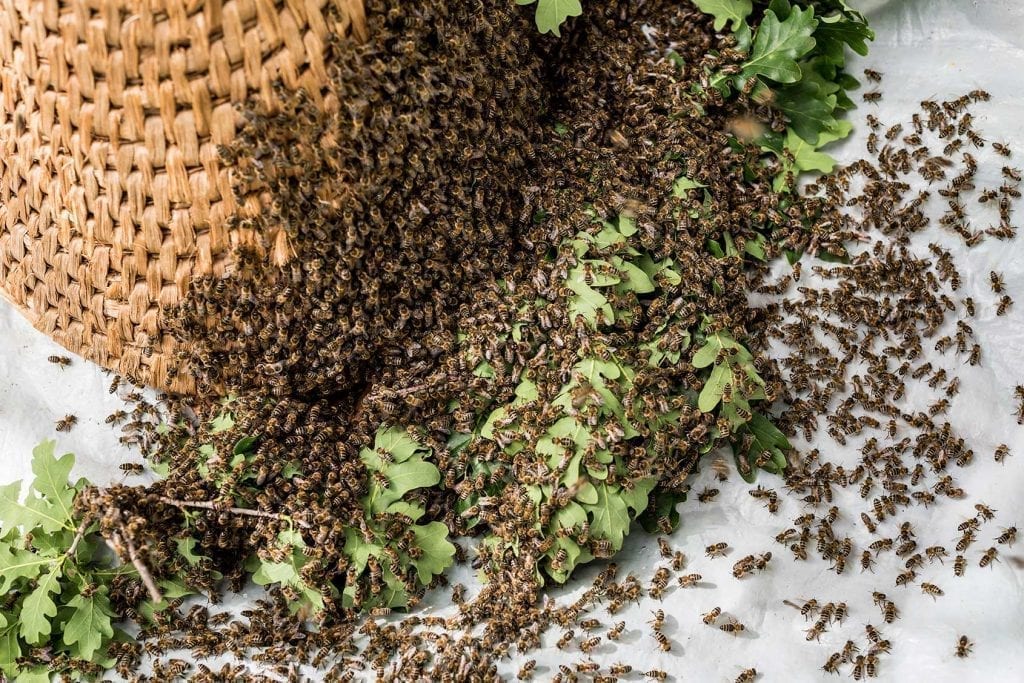Are Honey Bees Vanishing?


If you have been keeping up with honey bee news over the last 15 years, you’ve probably heard a great deal about colony collapse disorder (CCD). Very often, people use this term as a catch-all for any conversation about the decline of honey bee populations. While colony collapse disorder has been responsible for a percentage of the decline, there are many other factors that have negatively impacted honey bees.
In fact, the United States Environmental Protection Agency (EPA) reports that cases of colony collapse disorder have decreased over recent years. In this article, we will learn more about CCD as well as some of the other causes of honey bee decline.
What is Colony Collapse Disorder?
CCD first came to the attention of beekeepers back in 2006-2007. Many were reporting high losses of colonies that could not be explained by the typical causes. Beekeepers noticed that there was a sudden loss, sometimes even overnight, of the worker bee population. While most of the worker bees disappeared, the queen, brood and honey stores were left behind. The strange thing was that there were no dead worker bees found around the hive.
This puzzling phenomenon caused significant losses for a number of years. And it was so puzzling that researchers are still not 100% certain of the cause of colony collapse disorder.
Although CCD has reportedly declined over recent years, it is not the only cause of honey bee decline and death. Some of the other factors that can impact our honey bee friends include parasites, pesticides, disease, nutrition and habitat change. Most likely, the population declines are some combination of these factors. Researchers are continuing to study these fascinating creatures to learn more about how the environment and manmade irritants can impact their lifespan.
Pesticides
The EPA defines a pesticide as “any substance or mixture of substances intended for preventing, destroying, repelling or mitigating any pest.” Agricultural pesticides are chemicals used to kill plants and, when used, infect all of the plant’s tissues. Small amounts of the chemicals have been found in pollen. When the honey bees collect pollen from infected plants, they bring the chemicals back to the hive where it is used to make food. Over time, the chemicals build up and can impact how bees communicate, develop and forage for food. Pesticides have also been shown to weaken their immune systems and make them more vulnerable to parasites and disease.
Parasites
Honey bees are vulnerable to parasites, one of the most dangerous being the varroa mite. Adult varroa mites infiltrate brood cells where they lay their eggs. The eggs will develop inside the brood cell. When they reach adulthood, they mate and emerge from the cell with the honey bee. They then infect another brood cell and begin the process all over again. Varroa mite infestation can spread exponentially. The greatest danger associated with these parasites is their ability to pass on diseases to the colony.
Disease
Common diseases that can impact a honey bee colony include Deformed Wing Virus and American Foulbrood. Deformed Wing Virus comes from varroa mites and can cause the death of pupae and deformed wings and abdomens. American Foulbrood is caused by a bacteria that can wipe out the brood.
Nutrition
The changing environment and the effects of certain farming practices have also impacted honey bees. For example, farms that grow only one type of crop severely limit the diversity in the pollen available to bees. A limited diet can impact a bee’s immune system and nutrition, making them more susceptible to disease.
The more we learn about honey bees, the more we understand that they must be protected. By choosing live bee removal, you are doing your part to keep bees safe and sound. If you have a honey bee problem on your property, call D-Tek Live Bee Removal for a free inspection and quote. Don’t put bees in danger by choosing a pest control company that uses harmful chemicals! Opt for the humane choice with D-Tek Live Bee Removal.
